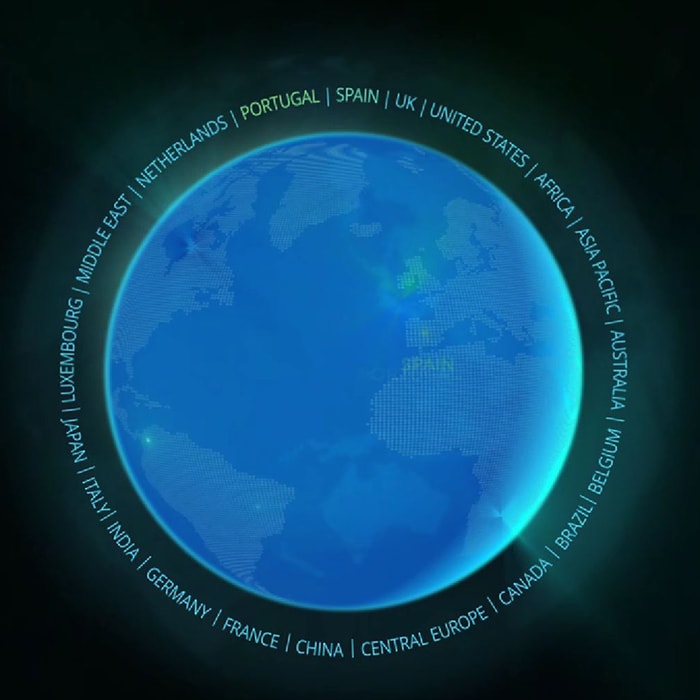INSIGHTS
Q4 Insights: The State of Generative AI in the Enterprise
Generating a new future
As GenAI technology rapidly evolves, organizational change remains tough, with over two-thirds of respondents stating that only 30% or fewer of their experiments will scale fully in the next three to six months. Yet nearly three-quarters report their top GenAI initiatives are exceeding ROI expectations, with cybersecurity and IT functions leading in successful scaling.
Learn how organizations are overcoming these challenges and unlocking GenAI’s potential.
-

Q4 Insights: The State of Generative AI in the Enterprise
-

The Generative AI Dossier
-

AI Agents: The cognitive leap
-

You, Me, and Three: GenAI Questions
The Deloitte AI Institute Leadership Team
-

Beena Ammanath
Global / US
-

Wessel Oosthuizen
Africa
-

Chris Lewin
-

Dr. Kellie Nuttall

















